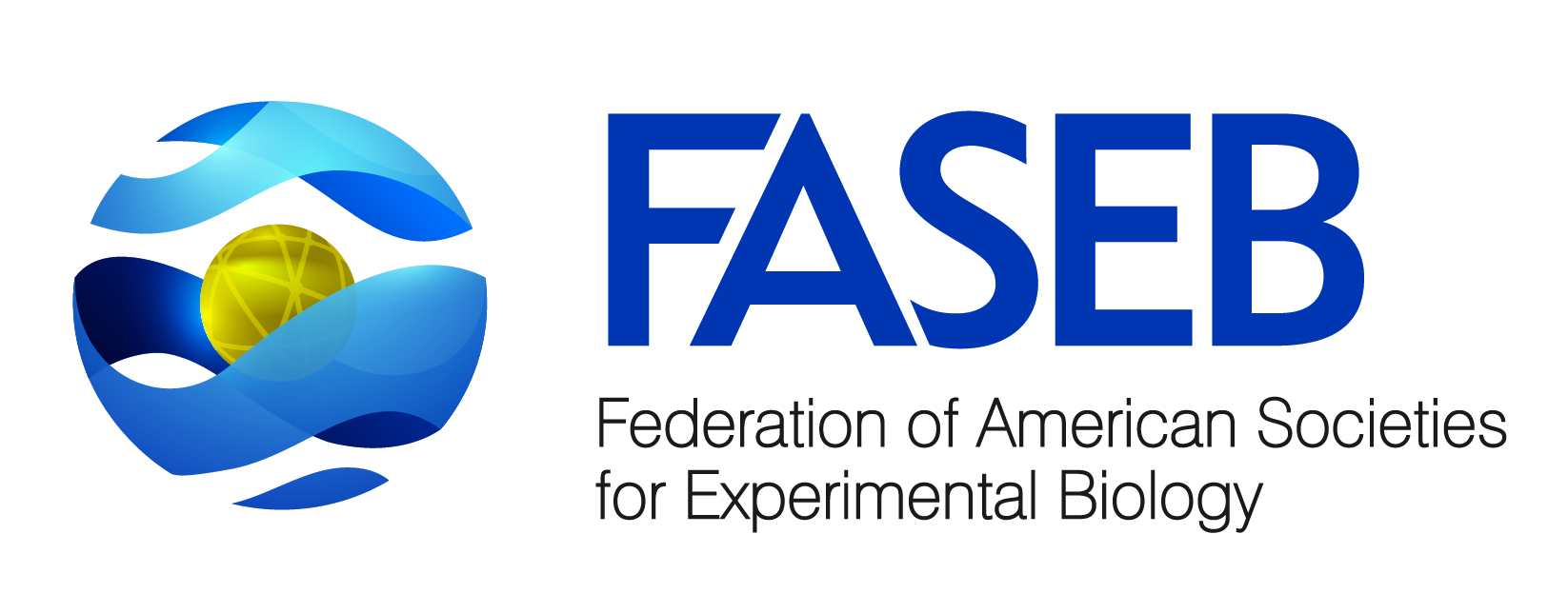Cancer therapies are becoming ever more sophisticated and personalized, yet cancer remains the second-leading cause of death in the United States. Researchers will present significant new leads in the quest for earlier diagnosis and more effective cancer therapeutics at the Experimental Biology 2017 meeting (EB 2017).
Breastmilk Might Offer Clues about a Woman’s Cancer Risk
Early detection of breast cancer is important for successful treatment and long-term survival, but current screening methods such as mammography are not well-suited for young women. To address this gap, researchers at Clarkson University and the University of Massachusetts, Amherst, are investigating biochemical signatures of breast cancer that are detectable in breastmilk. Comparing breastmilk samples from women with breast cancer, women without breast cancer and women who were later diagnosed with breast cancer, the team identified alterations in protein expression in breastmilk when a woman has—or will soon develop—breast cancer, which might be due to cancer risk or development. After further validation, the method could offer a new, noninvasive approach to breast cancer screening for women in their childbearing years.
Roshanak Aslebagh will present this research at the American Society for Biochemistry and Molecular Biology annual meeting at 12–2:30 p.m. Tuesday, April 25, in Hall F (poster B260 926.13) (abstract).
Image available.
In G Protein–Coupled Receptors, Researchers See Untapped Potential for Cancer Therapies
About 30 percent of today’s drugs target cell-membrane proteins known as G protein–coupled receptors. These receptors are well-suited for drug development because they are often selectively expressed in certain tissues and cells, and when a molecule binds to the receptor on the outside of the cell it triggers key processes to occur inside the cell. Yet very few cancer drugs utilize these receptors. After mining large cancer-genome databases, a team at the University of California, San Diego, determined that many types of cancer cells express G protein–coupled receptors at much higher levels than noncancerous cells, suggesting these receptors could represent a large and previously untapped resource for developing new cancer drugs. In one important example, the researchers found specific G protein–coupled receptors that potentially could be exploited to fight pancreatic cancer, which has limited therapeutic options.
Paul Insel will present this research at the American Society for Pharmacology and Experimental Therapeutics annual meeting at 12:30–2:30 p.m. Sunday, April 23, in Hall F (poster D143 671.10). He will further discuss the work in the ASPET Julius Axelrod Award Lecture at 8:30 a.m. Tuesday, April 25, in Room W470b (abstract).
Eating Dried Plums Linked with Beneficial Changes in Colon Biochemistry
Dried plums (prunes) long have been associated with colon health. In experiments using mice, a team led by researchers at Texas A&M University traced how eating a daily dose of prunes affects colon biochemistry. They found that mice fed the equivalent of about five prunes per day in a human diet showed a unique combination of biologically active compounds in their colons that appears to contribute to a reduced risk for colon cancer. The researchers traced the biochemical changes to the digestion of the prunes and to the activity of the intestinal microbiota in the mice. The research sheds new light on how dietary changes can help to protect against the development of colon cancer.
Derek Seidel will present this research at the American Society for Biochemistry and Molecular Biology annual meeting at 12–2:30 p.m. Sunday, April 23, in Hall F (poster B41 590.5) (abstract).
Turning the Tables on Triple-Negative Breast Cancer
Most breast cancers are fueled by estrogen, progesterone or HER2 receptors, and most breast cancer therapies work by targeting these receptors. But about 10 percent to 20 percent of breast cancers test negative for all three receptors; these cancers are called “triple-negative.” Scientists are eager to find new therapies for triple-negative breast cancers, which are often more aggressive than other types of breast cancer and are less responsive to existing treatments. Howard University researchers have found early success with an innovative approach: manipulating triple-negative cancer cells so that they re-express estrogen receptors, thus making them vulnerable to conventional anti-estrogen therapy. Experiments using cell cultures suggest the approach could represent an exciting new lead for fighting triple-negative breast cancer.
Anastasia Robinson will present this research at the American Society for Pharmacology and Experimental Therapeutics annual meeting at 12:30–2:30 p.m. Sunday, April 23, in Hall F (poster D140 671.7) (abstract).
New Avenues to Fight Childhood Liver Cancer
Hepatoblastoma is the most common type of childhood liver cancer and generally develops before age 3. Survival rates are relatively high if the cancer is diagnosed early and treatments are effective, but diagnosing hepatoblastoma can be tricky. Researchers from Children’s Hospital of Pittsburgh have identified a biochemical pathway that could serve as a marker of hepatoblastoma to help doctors diagnose and track the cancer before, during and after treatment. The pathway involves the protein lipocalin 2, which has been implicated in other cancers, as well; understanding more about this pathway may even help researchers identify new opportunities for drug development.
Danielle Bell will present this research at the American Society for Investigative Pathology annual meeting at 11:45 a.m.–1:45 p.m. Monday, April 24, in Hall F (poster A26 805.5) (abstract).
EB 2017 is the premier annual meeting of six scientific societies to be held April 22–26 at the McCormick Convention Center in Chicago. Contact the media team for abstracts, images and interviews, or to obtain a free press pass to attend the meeting.
###
About Experimental Biology 2017
Experimental Biology is an annual meeting comprised of more than 14,000 scientists and exhibitors from six host societies and multiple guest societies. With a mission to share the newest scientific concepts and research findings shaping clinical advances, the meeting offers an unparalleled opportunity for exchange among scientists from across the U.S. and the world who represent dozens of scientific areas, from laboratory to translational to clinical research. www.experimentalbiology.org #expbio
Find more news briefs and tipsheets at: https://www.eurekalert.org/meetings/eb/2017/newsroom.
